At the workshop, a representative of the Department of Crop Production and Plant Protection (DPPPP, Ministry of Agriculture and Rural Development) said that after signing the protocol on durian export with China, our country's durian export turnover has increased sharply. In 2023, the export value was over 2 billion, in 2024, the export turnover reached over 3.2 billion USD, accounting for 45 - 47% of the total export turnover of the entire fruit and vegetable industry.
There was a short period when durian was considered the "king of fruits", an agricultural product that helps to escape poverty, so from the Mekong Delta to the Southeast and the Central Highlands, everyone grew durian. Faced with such overheated growth, the Ministry of Agriculture and Environment warned about the dangers and risks. But in reality, after testing, some batches of Vietnamese durian were still not qualified and were "banned" from entering the Chinese market. According to statistics from the Customs Department, in the first 4 months of 2025, the total value of durian exports was 183 million USD, down 61% compared to the same period in 2024.
Over the years, the awareness of many producers in the field has been raised. But why are there still agricultural products that do not meet the above technical conditions? An example is cadmium residue. As soon as the first notice was received in March 2024 from China, the Department of Plant Protection and Development conducted many large-scale and in-depth investigations, discovering a number of areas with high cadmium residue. The main causes identified for soil contamination with cadmium: Natural factors include soil and soil factors, combined with many farming areas not being allowed to rest, causing soil contamination with cadmium. There is also a subjective cause due to the habit of people using more fertilizer in some areas than recommended. The farming process is focused on productivity and lacks input control, which has inadvertently introduced "poison" into the production chain.
To avoid the situation of "durian becoming durian in general", many opinions say that there should be strong enough regulations and sanctions to handle violations of quality, food safety and commercial fraud; publicize the identities of businesses and individuals who violate the law to deter and build a healthy business environment. In the long term, it is necessary to plan concentrated and sustainable growing areas, control the situation of massive and spontaneous development leading to disruption of planning and the risk of supply exceeding demand. Tighten management and issue codes for growing areas and packaging facilities. Localities need to strengthen supervision, regular and surprise inspections of compliance with regulations in the granted codes. At the same time, strictly control input materials by increasing inspections to prevent the introduction of fertilizers or pesticides containing banned substances to the market; advise farmers to use fertilizers and pesticides of clear origin.
Organizations and individuals should not produce according to trends, but should have the concept of reinvestment and reproduction. Key growing areas need investment in technology, from microbiology, post-harvest preservation and processing. Only then can the agricultural industry develop sustainably.
Source: https://baophapluat.vn/de-nganh-nong-nghiep-phat-trien-ben-vung-post551392.html














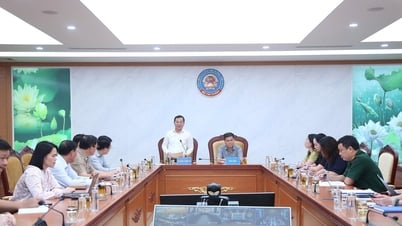






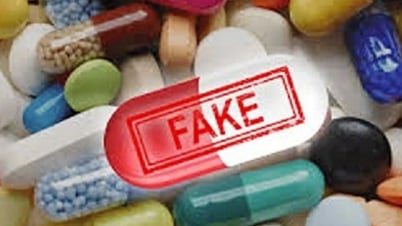

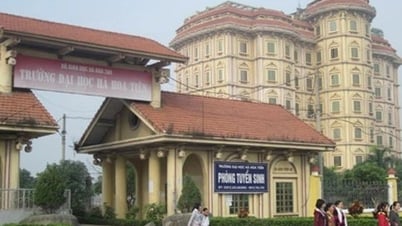
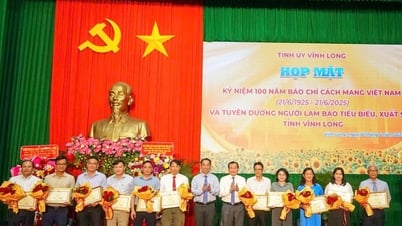
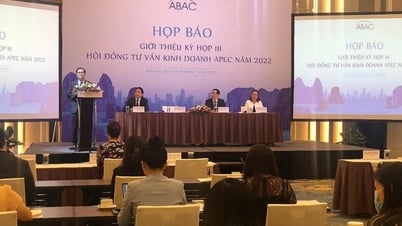













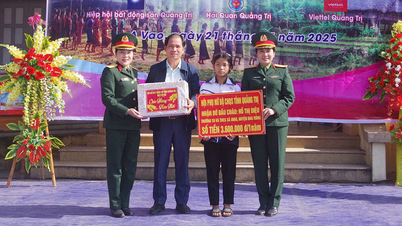









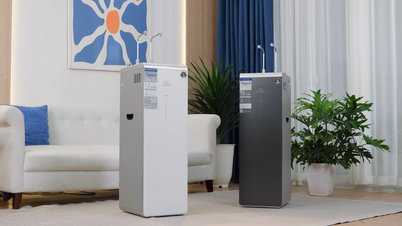
























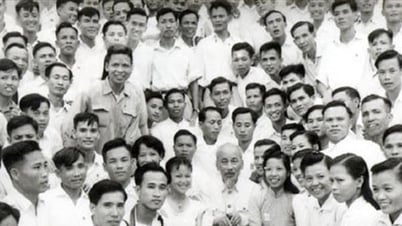
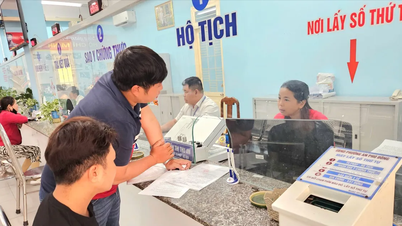


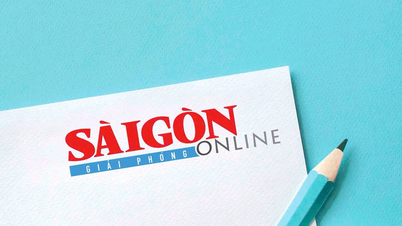
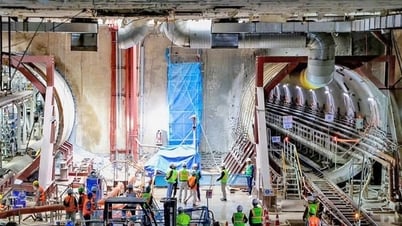












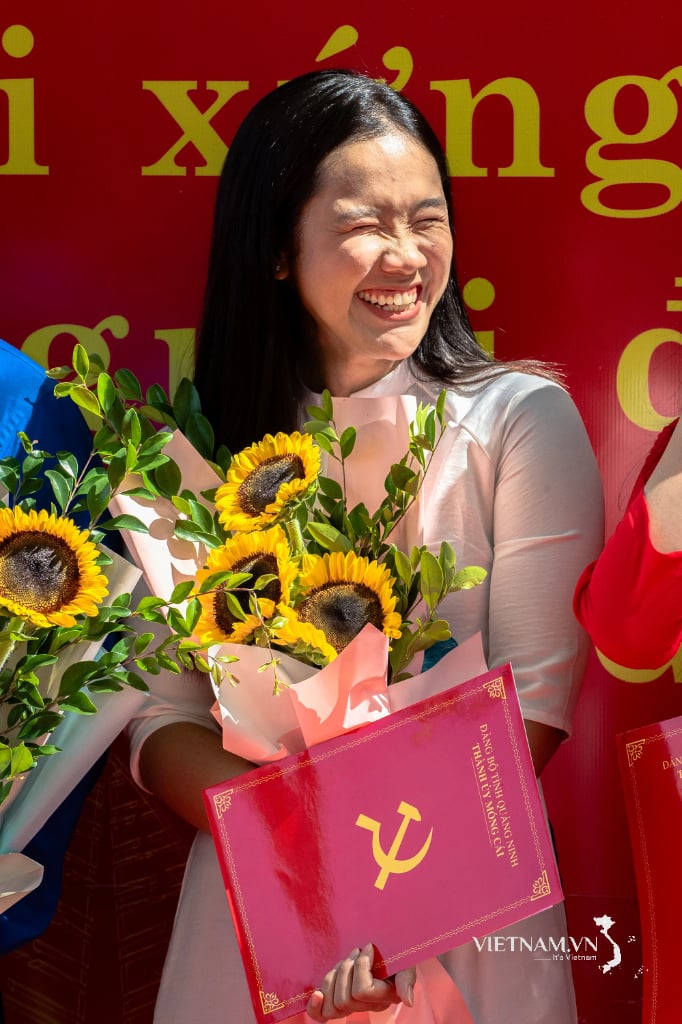
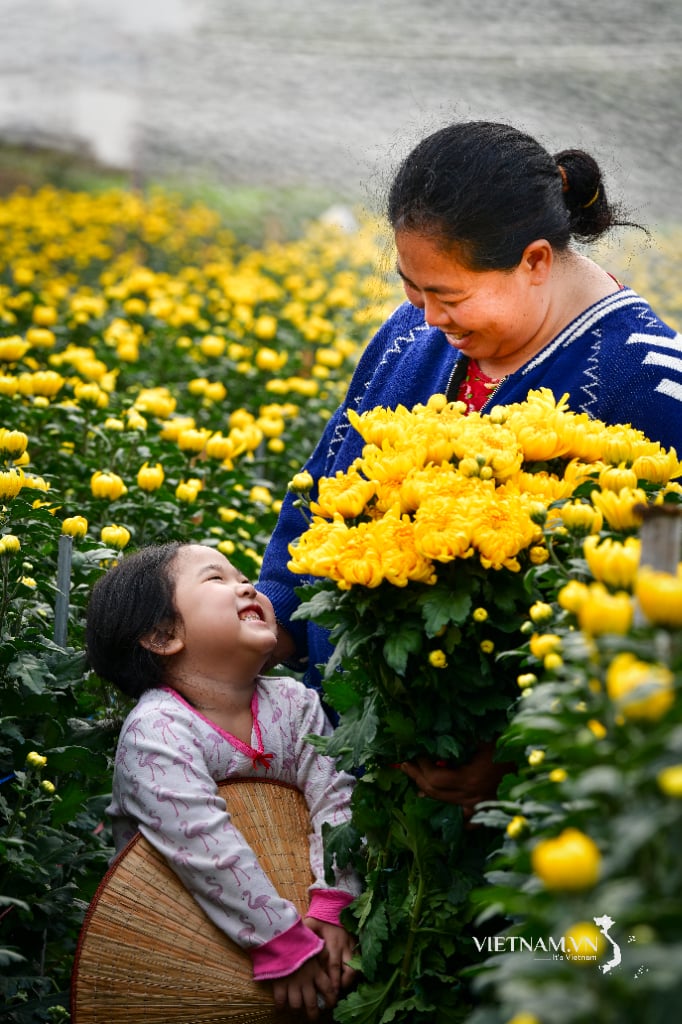
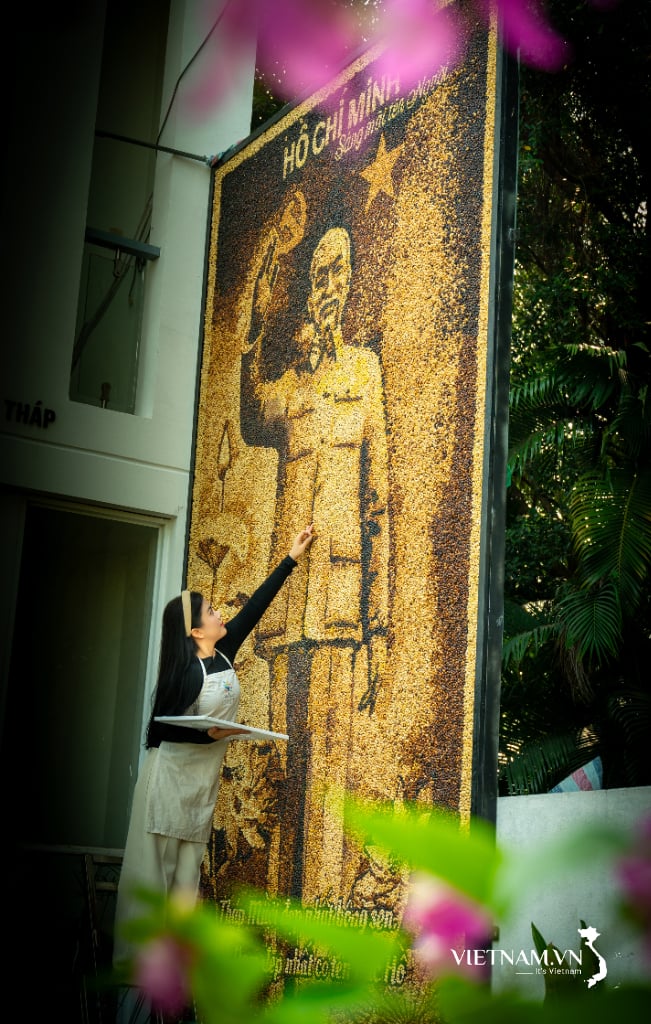

Comment (0)